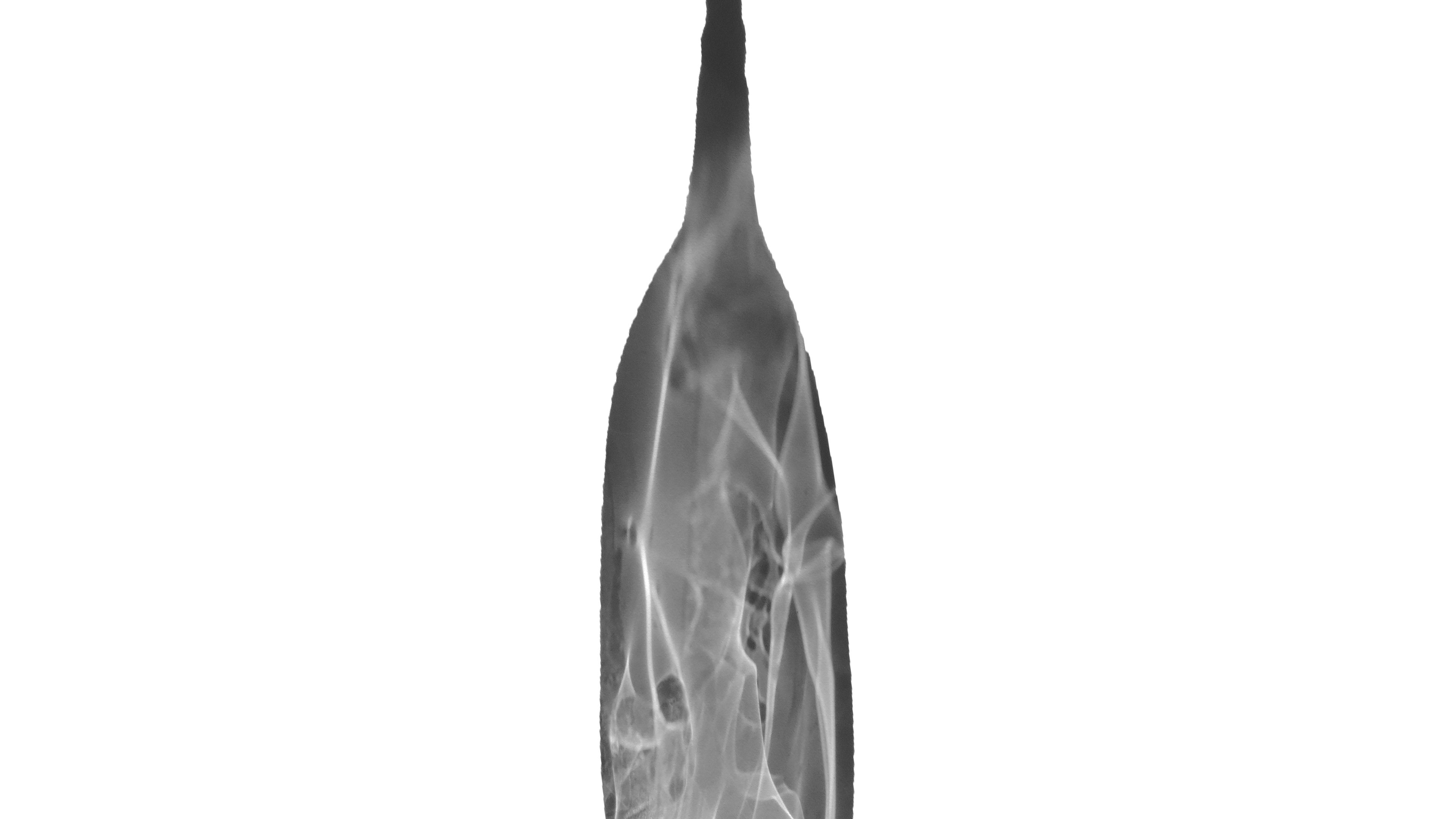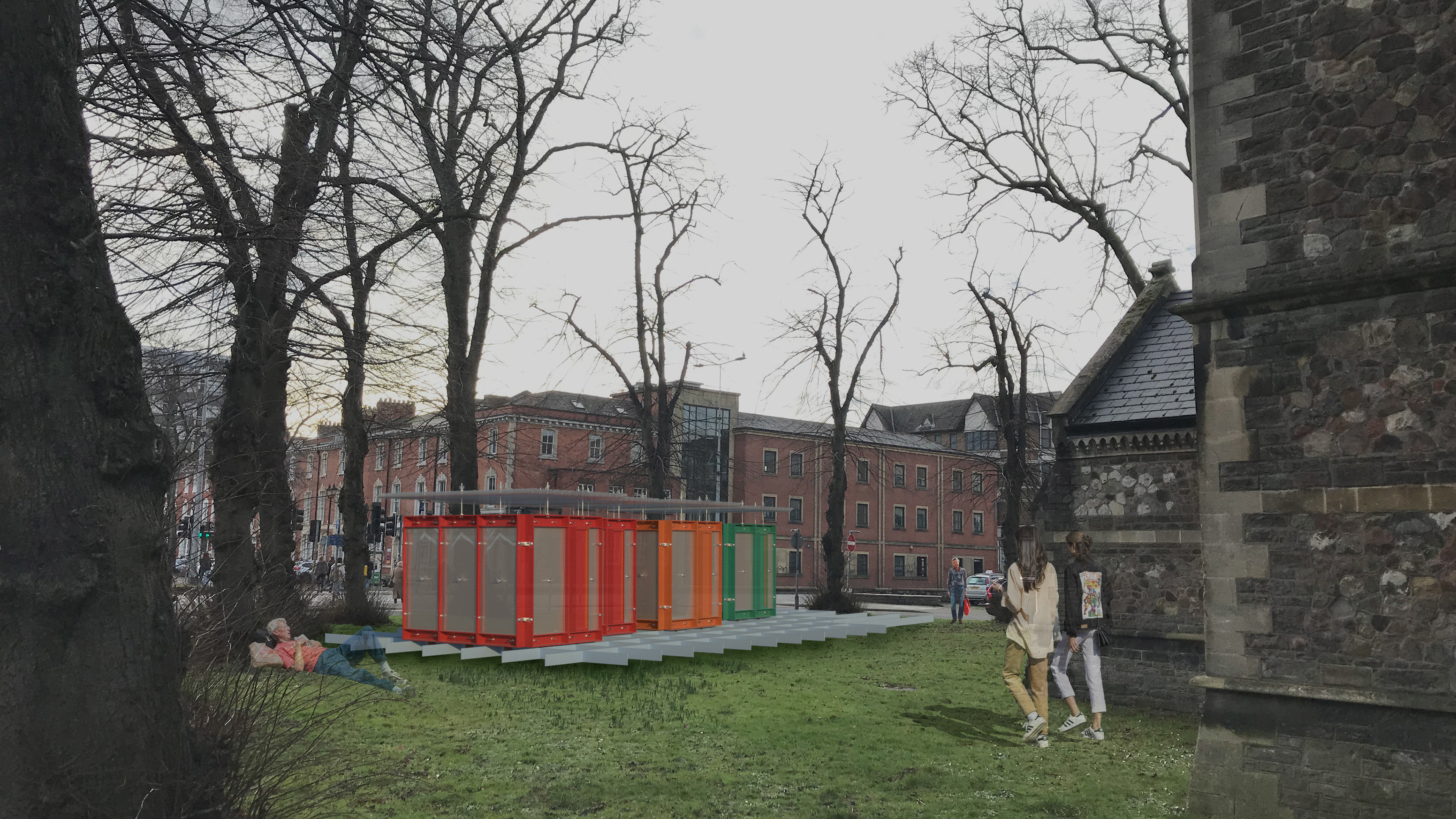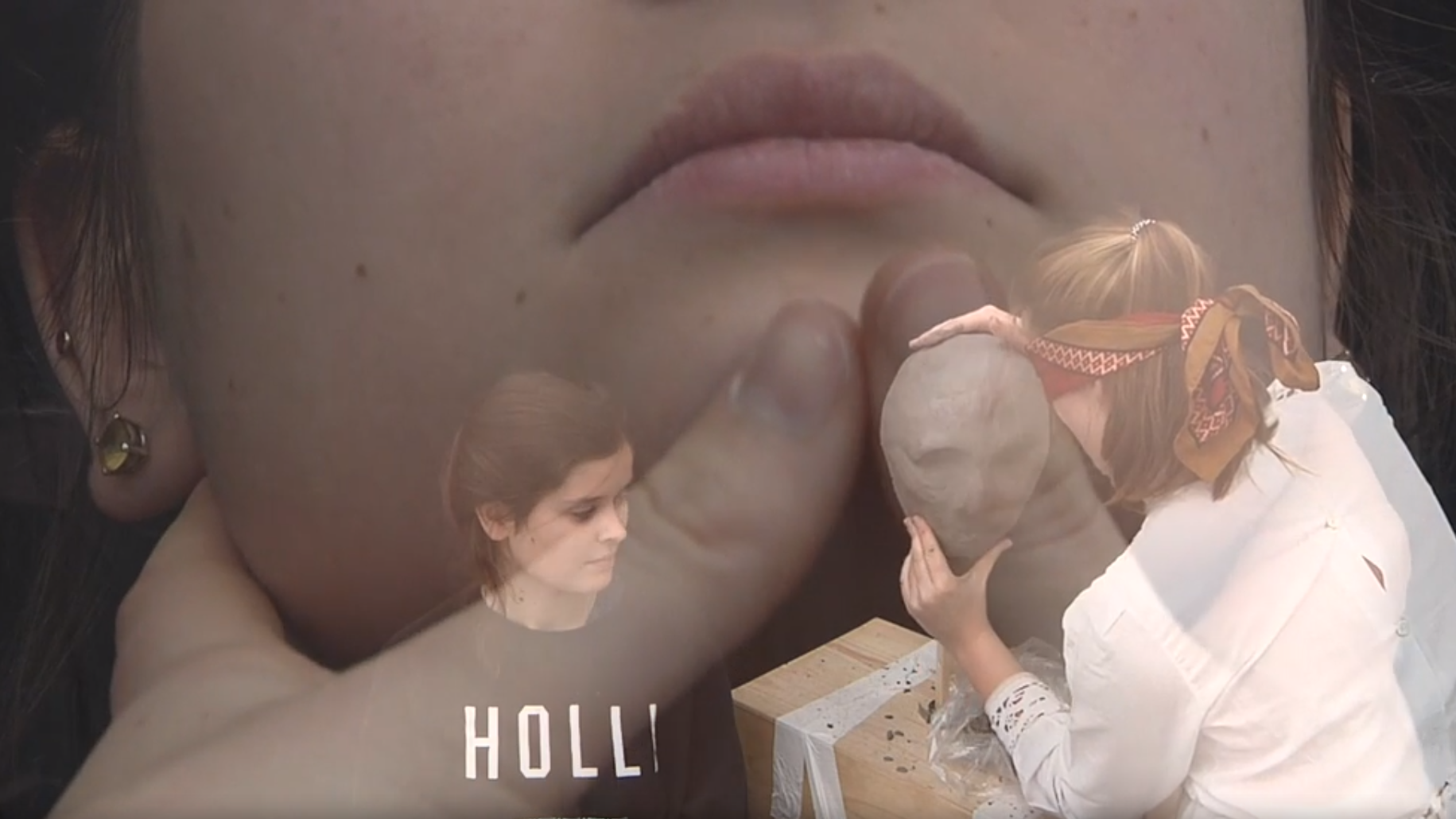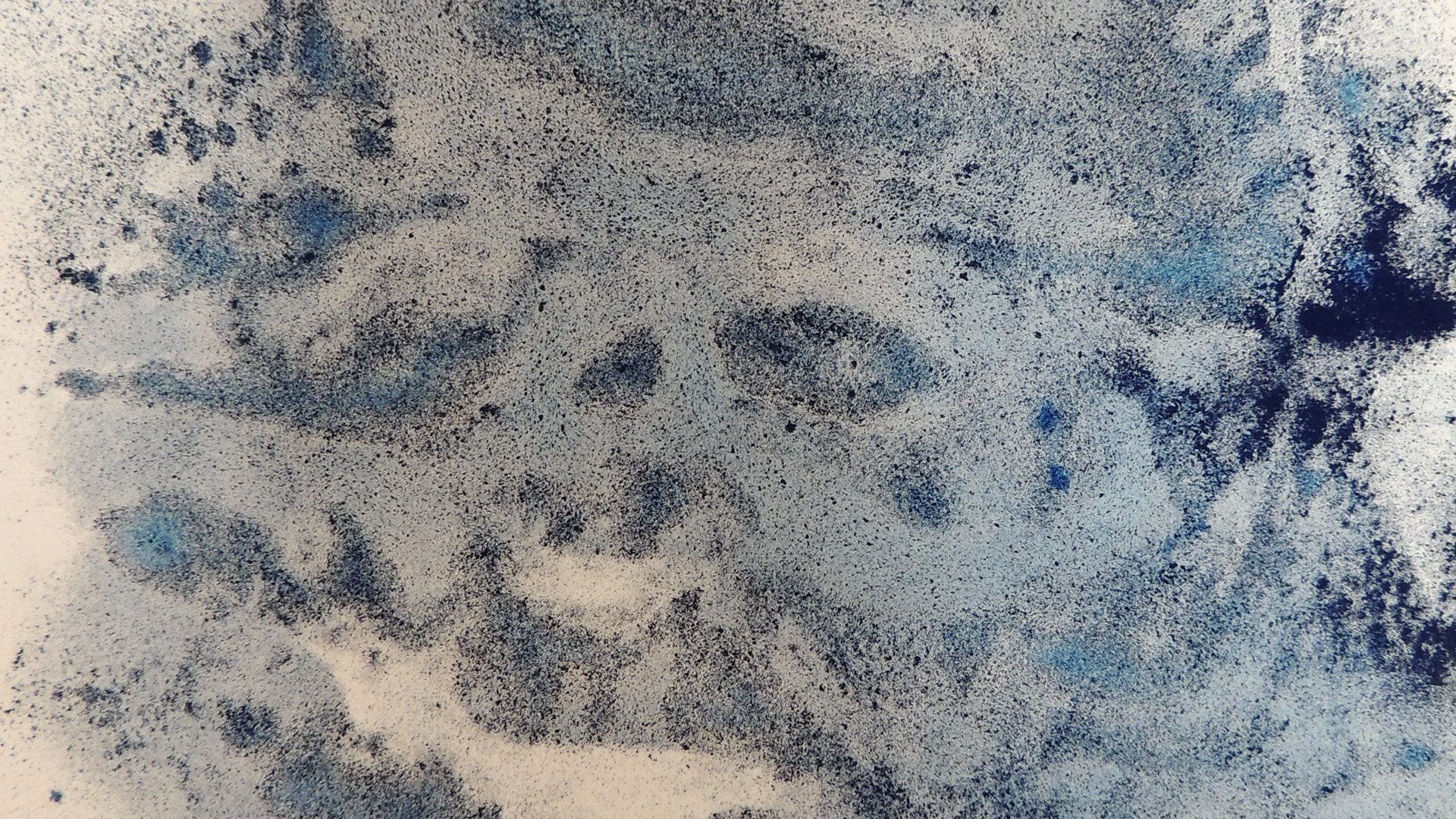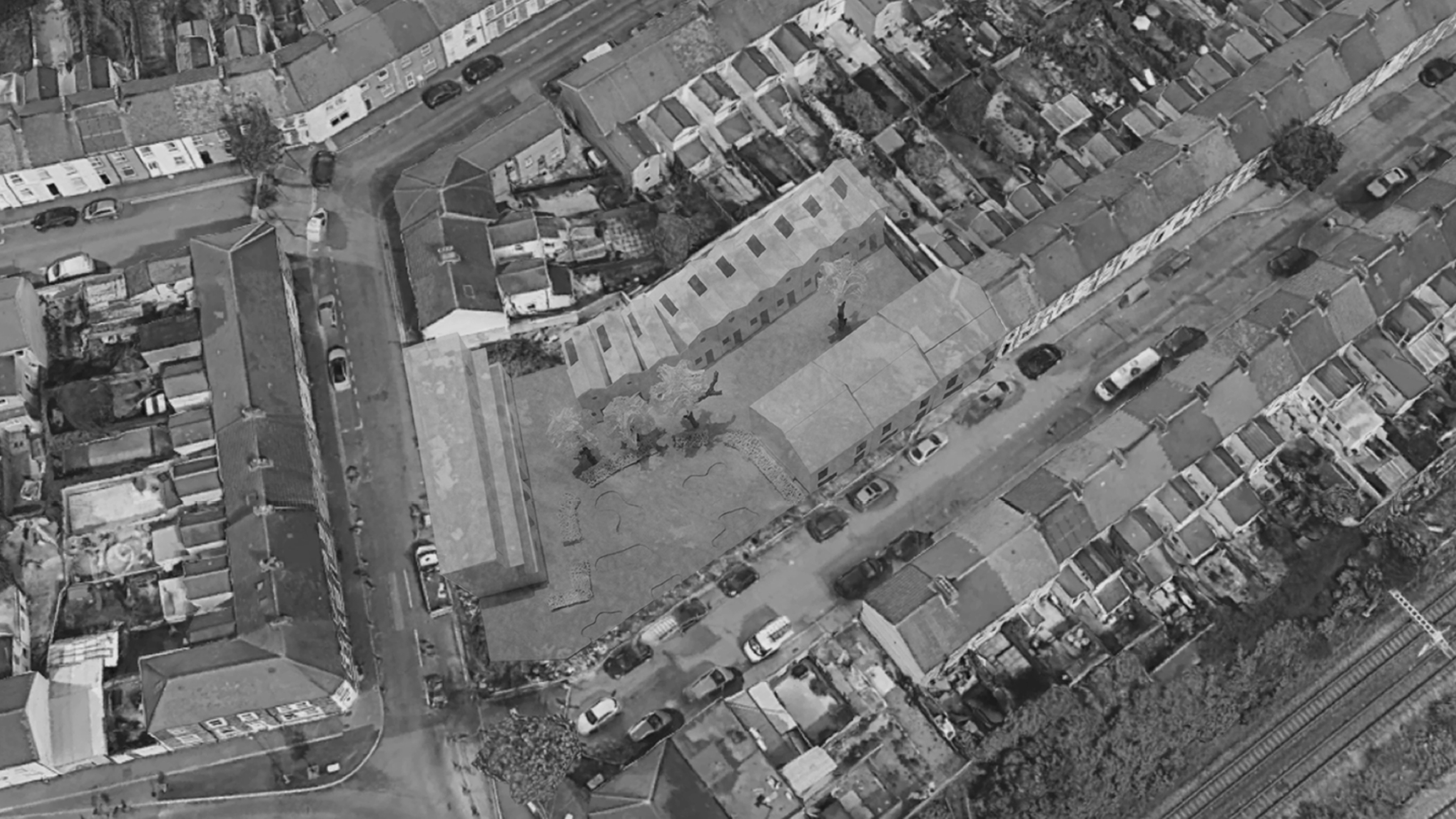View of the arrival to Caldera de Los Cuervos
Lanzarote, one of the Canary Islands, is a land of contrasts: volcanic landscapes shaped by millions of years of eruptions and skies of rare clarity, free from light pollution. The Caldera de Los Cuervos, formed during the Timanfaya eruption of 1730–1736, is a crater with a ruptured slope that offers access to its interior.
The project brief called for a design that captures both fleeting and enduring astronomical phenomena—moments like a meteor’s spark or the slow transformation of minerals over time.
In response, the project introduces 25 ‘gazing’ seats carved into the caldera’s slopes. These seats are designed to frame views of stars and constellations, changing with the seasons, and to accommodate both solitary and shared stargazing experiences. Each seat is sculpted to fit the human body, encouraging different postures for observing the night sky.
The materials reflect the island’s volcanic setting: lapilli concrete, derived from local basalt, and soapstone, which absorbs heat during the day and releases it at night. Over time, the soapstone will record the traces of visitors, smoothed and worn like the steps of a cathedral.
A colourless, light-reactive paint coats the seats, creating temporary silhouettes where users block sunlight or moonlight—fleeting imprints that fade with the next sunrise or moonrise.
To preserve the caldera’s natural beauty, the seats are embedded into the volcanic slopes and remain hidden until approached by discreet paths. This intervention harmonizes with the landscape, offering a quiet connection to the island’s celestial and geological wonders.
Sectional drawings: 1. Solo experience 2. Couple's experience 3. Group experience
Storyboard illustrating all the different sorts of experiences, from the journey through the carved slopes of the volcano to stepping into the seats


